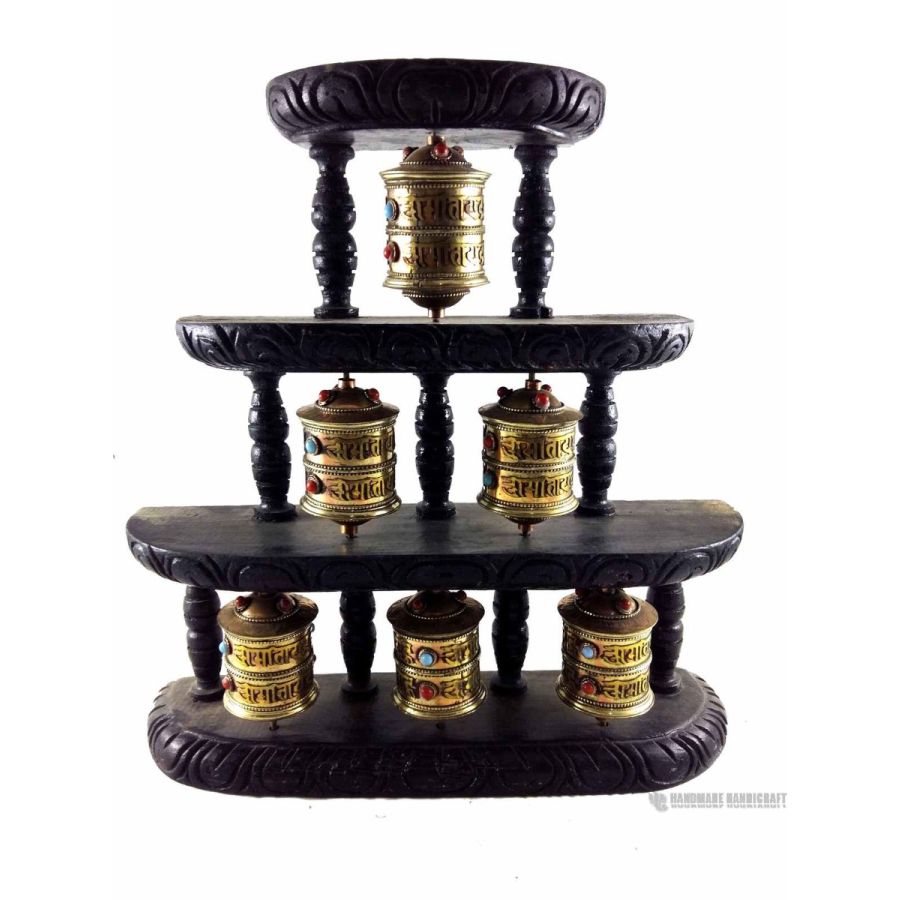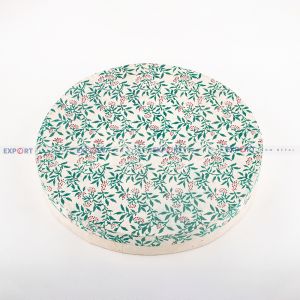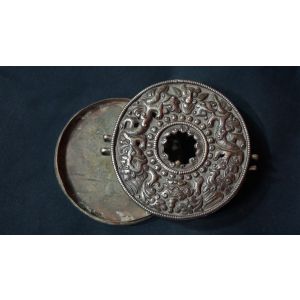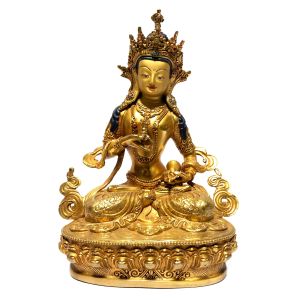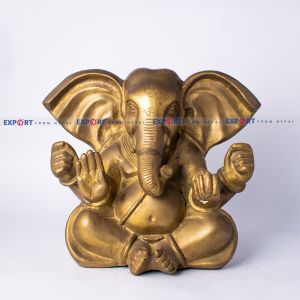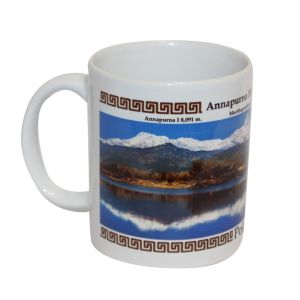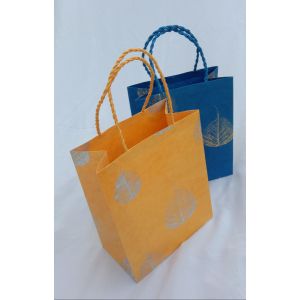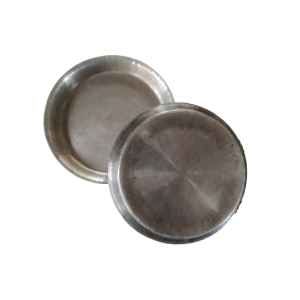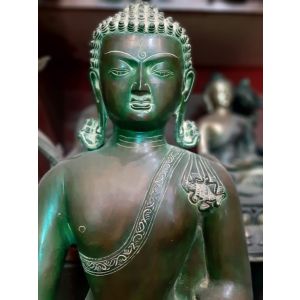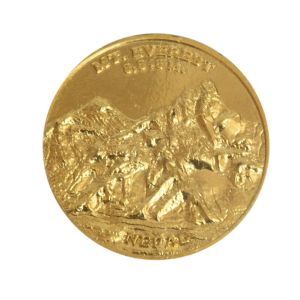3 Layery 6 Prayer Wheel On Wooden Frame
This is Nepali handmade prayer wheel.for decoration and Alter, Can be used as wall hanging for Table Decoration
FEATURES AND MESUREMENT
Mantra Roll : Yes
Full Size :29 cm [Including Wooden Stand]
Wooden Frame Height[H]:29 cm
Wooden Frame width [L]:29 cm
Wooden Frame Depth [w] :7 cm
Payer Wheel Size : 5.5cm
Prayer Wheel Radius: 4.5cm
FEATURES AND MESUREMENT
Mantra Roll : Yes
Full Size :29 cm [Including Wooden Stand]
Wooden Frame Height[H]:29 cm
Wooden Frame width [L]:29 cm
Wooden Frame Depth [w] :7 cm
Payer Wheel Size : 5.5cm
Prayer Wheel Radius: 4.5cm
| Size | 29cm |
| Material | Brass And wood |
Shipping Term :
FOB
Unit Of Measure:
Pcs
Package Weight:
0.95 kgs
Min Order Qty:
10
Max Order Qty:
1
Available Stock:
0
This product is fulfilled by seller
| Seller | Handmade Handicraft |
|---|---|
| UK Size | 4 |
| Seller | Admin |
